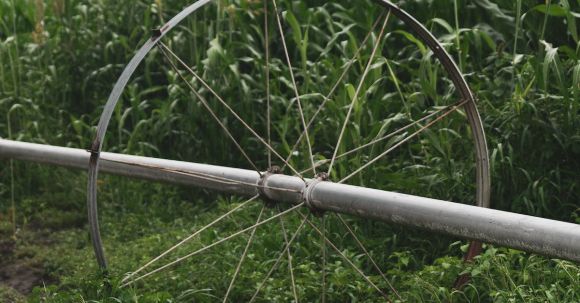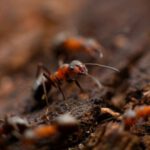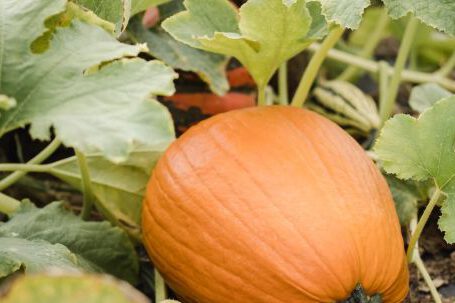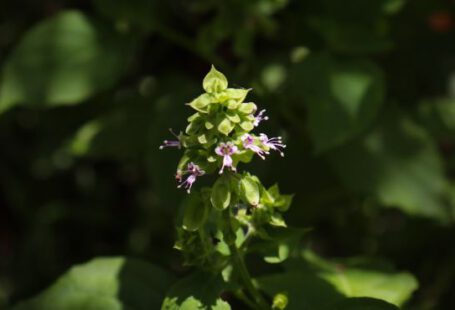Watering your garden efficiently is essential for promoting healthy plant growth and conserving water. With a variety of watering systems available, it can be challenging to determine which one is the most efficient for your garden. In this article, we will explore some of the best watering systems and discuss their advantages and disadvantages.
Drip Irrigation: Precise and Water-Saving
Drip irrigation is a highly efficient watering system that delivers water directly to the plant’s root zone. This system uses a network of tubes with small holes or emitters that gently release water at a slow and steady rate. Drip irrigation minimizes water waste by reducing evaporation and runoff.
Advantages:
1. Water efficiency: Drip irrigation delivers water precisely where it is needed, reducing water loss due to evaporation and wind drift.
2. Plant health: By watering at the plant’s root zone, drip irrigation promotes healthier root development and reduces the risk of fungal diseases.
3. Weed control: Since drip irrigation only targets the plants, it minimizes water availability for weeds, helping to control their growth.
Disadvantages:
1. Initial cost: Installing a drip irrigation system can be more expensive than other watering methods, especially for large gardens.
2. Clogging risk: Drip emitters can become clogged with debris or mineral deposits over time, requiring regular maintenance and cleaning.
Soaker Hoses: Affordable and Versatile
Soaker hoses are porous hoses that release water directly into the soil along their entire length. They are ideal for gardens with closely spaced plants or long, narrow beds.
Advantages:
1. Cost-effective: Soaker hoses are relatively inexpensive and easy to install, making them a budget-friendly option for gardeners.
2. Versatility: Soaker hoses can be easily adjusted to fit different garden shapes and sizes, providing flexibility in watering various areas.
3. Water efficiency: Similar to drip irrigation, soaker hoses deliver water directly to the plant’s root zone, minimizing water loss.
Disadvantages:
1. Uneven watering: Soaker hoses may have variations in water distribution along their length, resulting in uneven watering if not properly laid out.
2. Limited control: Unlike more sophisticated systems, soaker hoses do not offer precise control over water flow or distribution.
Sprinkler Systems: Wide Coverage and Easy Installation
Sprinkler systems are popular for their ease of installation and ability to cover large areas. They distribute water through overhead sprinkler heads that spray water in a circular or rectangular pattern.
Advantages:
1. Coverage: Sprinkler systems are ideal for watering large garden areas, providing uniform water distribution across a wide range.
2. Easy installation: Compared to more complex systems, sprinkler systems are relatively easy to install and require minimal maintenance.
Disadvantages:
1. Water waste: Sprinklers can be inefficient due to water loss through evaporation and wind drift. They may also wet plant foliage, increasing the risk of fungal diseases.
2. Costly repairs: Over time, sprinkler heads may become damaged or clogged, requiring repairs and replacements.
Which Watering System is Right for You?
Choosing the most efficient watering system for your garden depends on factors such as garden size, plant types, and personal preferences. Drip irrigation is an excellent choice for precise and water-saving watering, especially for smaller gardens with a variety of plants. Soaker hoses are a more affordable option for gardens with closely spaced plants or long, narrow beds. Sprinkler systems are suitable for larger gardens that require wide coverage, but they may not be as water-efficient.
In conclusion, the most efficient watering system for gardens depends on various factors. Consider the size and layout of your garden, as well as the specific needs of your plants. By selecting the right watering system, you can ensure the health of your garden while conserving water resources.





